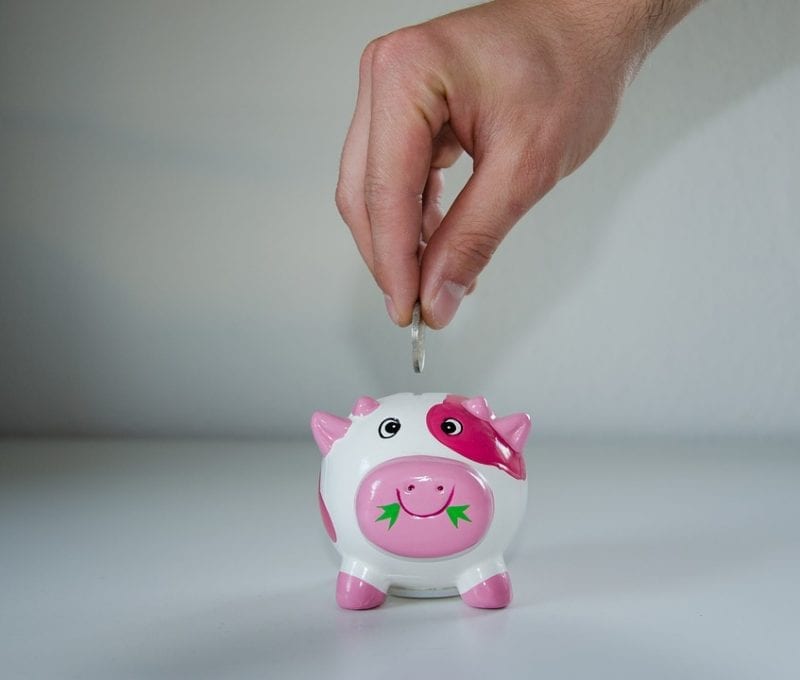Educating your children about personal finance while they’re young can lead to a lifetime of responsible saving, investing, and spending. The earlier you get started, the more you can teach them.
Reward Your Children for Saving Money
Saving is a critical skill for financially successful people. If your children don’t learn to save, then they’ll never accumulate enough money to purchase a home or car without relying on large, high-interest loans.
You can start the lesson by introducing your children to the age-old concept of piggy banks. When your kids receive money, encourage them to put a percentage of it into the piggy bank.
You can further reinforce the importance of saving by matching a percentage of their savings. For instance, if your child puts $10 in a piggy bank, you can match 25% of the contribution. That will bring the total contribution to $12.50. More importantly, it will teach your kids to take advantage of savings rates and retirement accounts that include contributions from employers.
Charge Your Children Interest When They Borrow Money
The average American between 35 and 44 has more than $133,000 in debt. Some of that debt comes from secured loans like education loans, mortgages, and vehicle loans. Still, quite a bit of it comes from high-interest credit card debt. The average household with credit card debt owes $15,432.
Considering that many credit cards charge interest rates over 20%, it’s very difficult for people to repay $15,432.
Don’t let a credit card company teach your children how destructive interest rates are. Teach them about interest as early as possible. Hopefully, they will learn to hate paying interest and borrowing money.
You can teach this to your children by charging them interest when they want to borrow money from you. For instance, if your child wants to borrow $50 to buy a video game, charge a percentage per day until you get repaid. It may sound a little cruel, but you can teach the lesson more gently than a credit card company with a team of debt collectors.
Teach Your Kids the Real Value of Money
Your paycheck may seem like an infinite amount of money to your children. Even a few hundred dollars per week sounds like a lot to most kids.
You can teach them the real value of money by getting them involved in your household budget.
Once your children are old enough to do advanced math, have them sit down and go over your household budget. The amount of money that you spend on your home will put the value of money into perspective rather quickly. Reinforce that lesson by adding all of your monthly expenses.
The amount of disposable income that your family has will look small when your kids see how the rest of your money gets spent.
Show Your Kids How to Lower Household Expenses
Knowing how to lower your household expenses is a good financial habit that will benefit your child forever. You can start demonstrating this lesson by clipping coupons before you go shopping. You can also let your kids watch you compare quotes from various car insurance companies.
You can even use DentalSave to help your children understand the importance of cutting costs. Show them that your family’s DentalSave membership lowers the cost of dental procedures by 25% to 50%.
Start teaching your children about personal finance as soon as you can. By the time they’re teenagers, they should have the skills that they need to start successful lives and avoid the financial traps that harm so many people.




